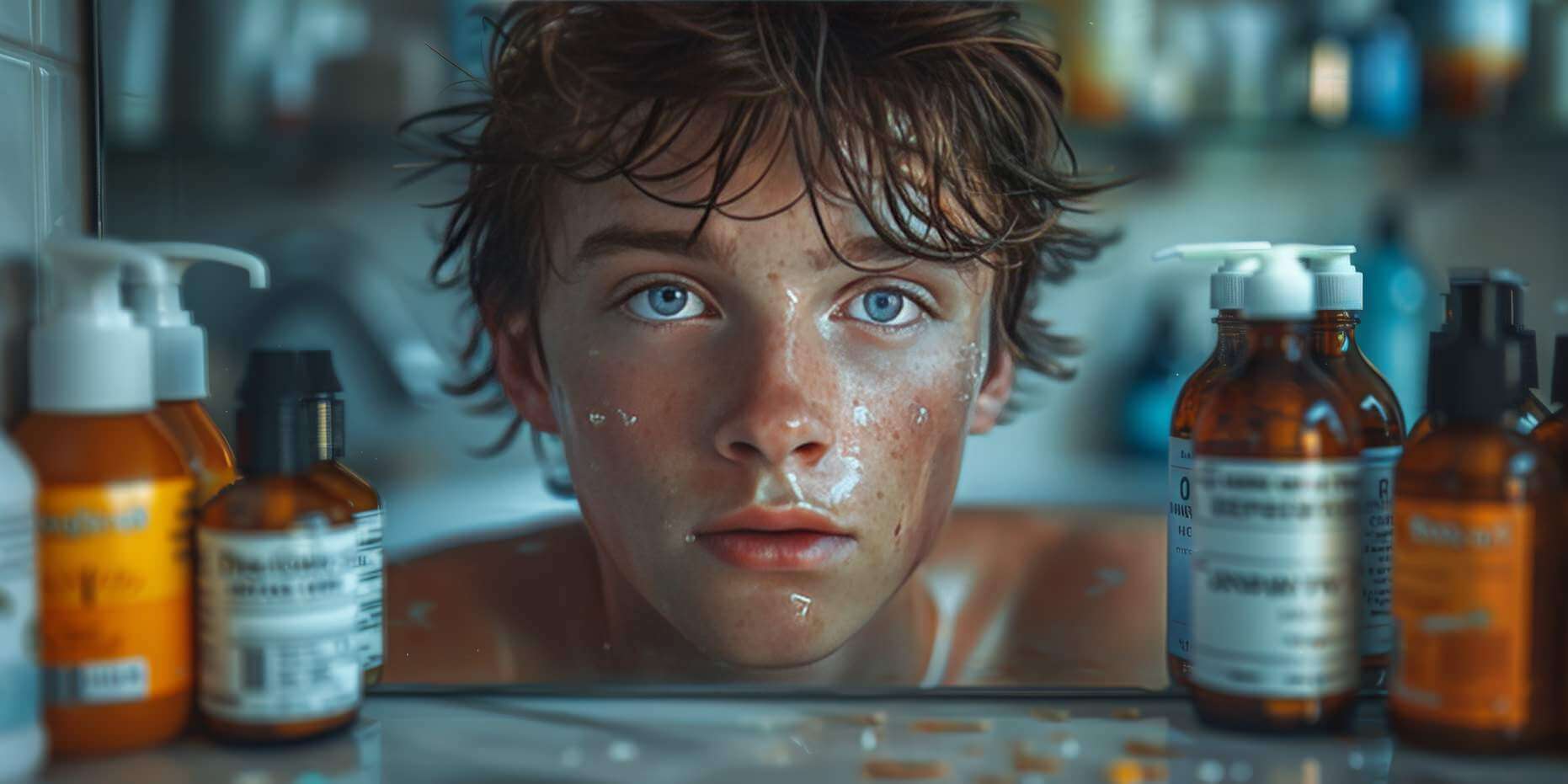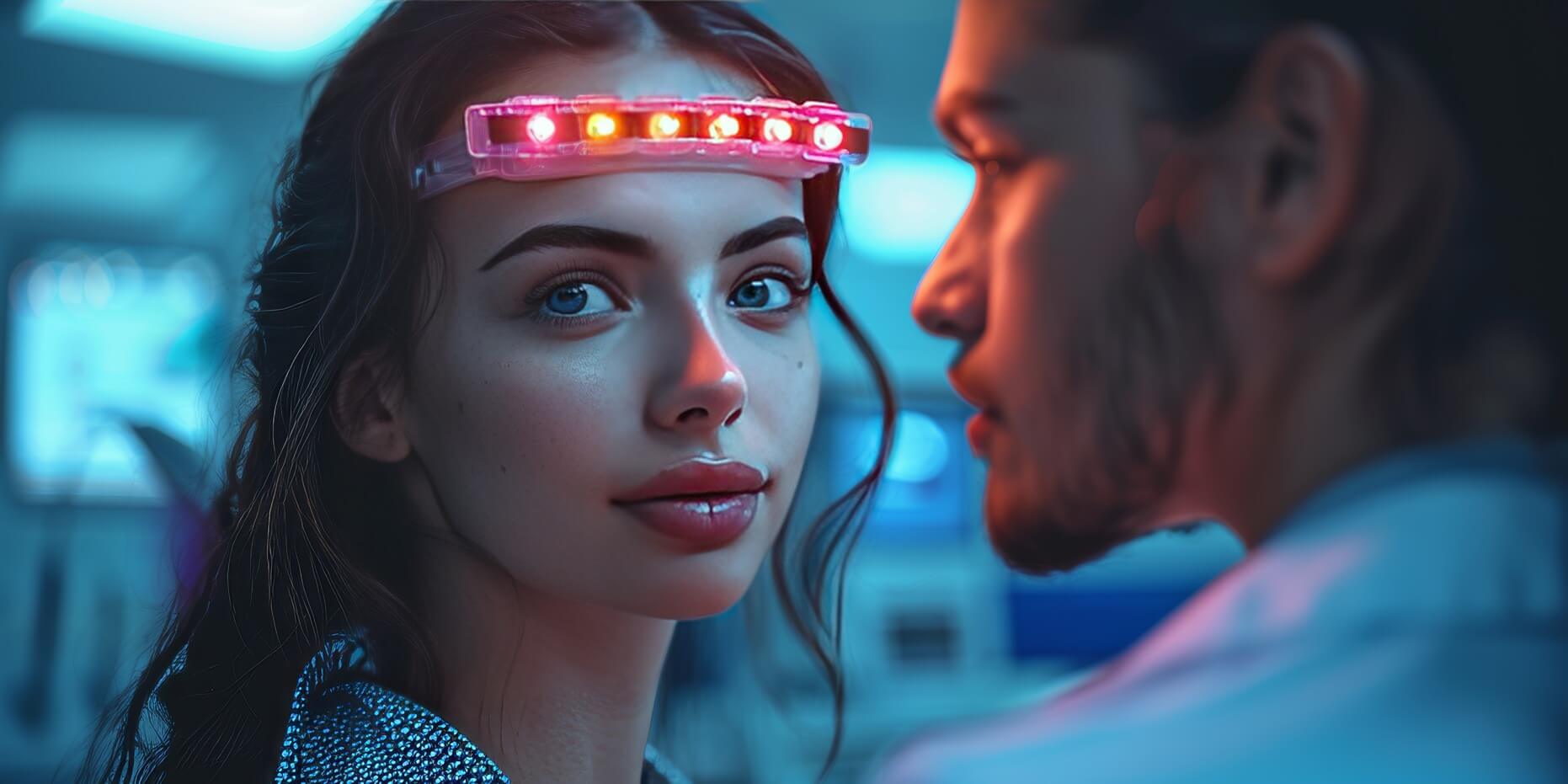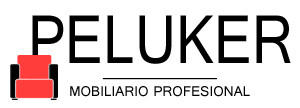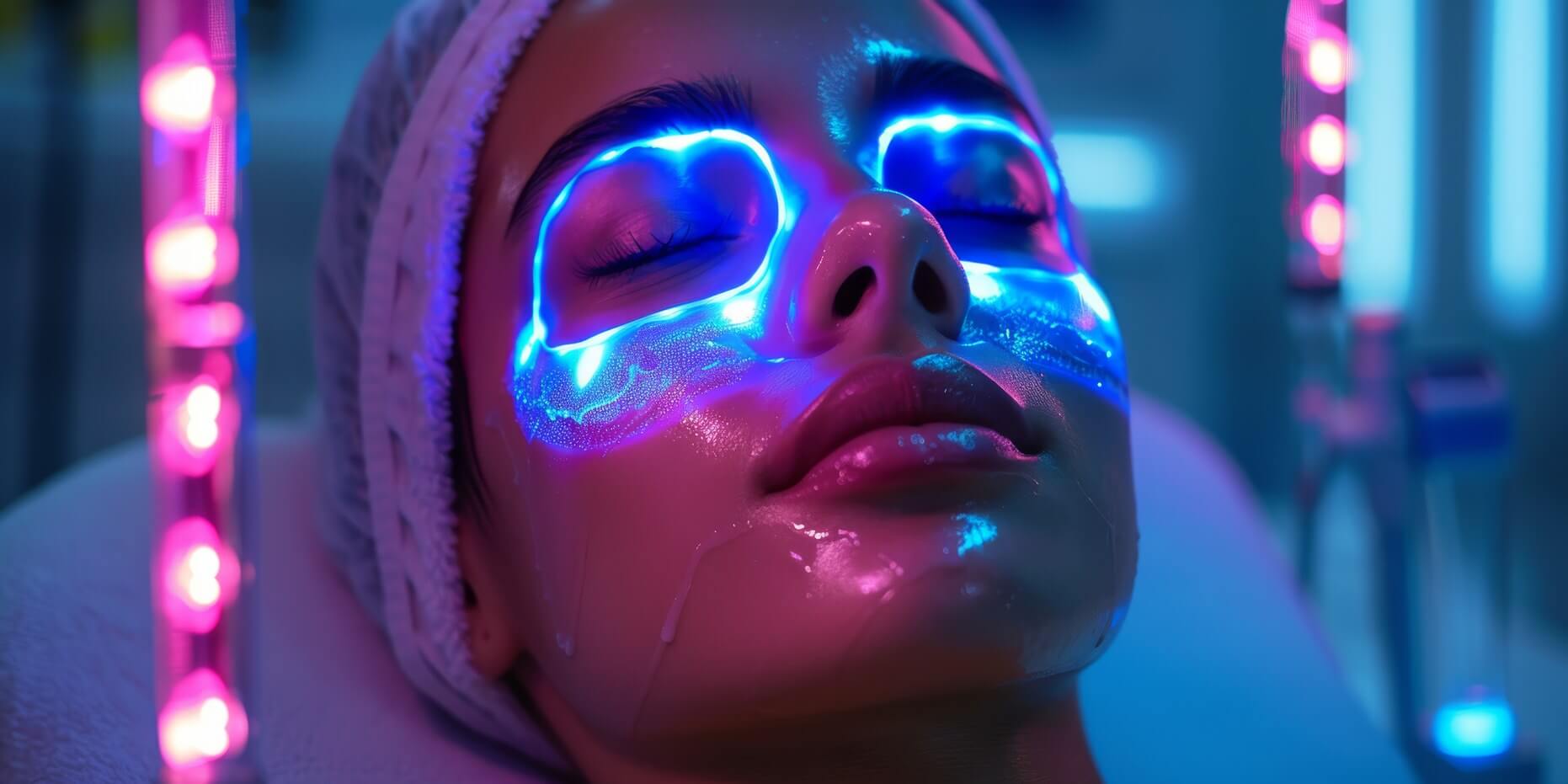Beauty Devices
In cutting-edge beauty centers and salons, the fight against acne has taken a revolutionary turn thanks to advances in beauty devices. These innovative technologies offer effective and less invasive solutions to treat this common and troublesome skin condition.
Introduction to Acne: A Common and Complex Skin Problem
Acne is a chronic and inflammatory skin condition that affects millions of people worldwide. While commonly associated with adolescence, acne can occur at any age and have a significant impact on the quality of life for those who suffer from it.
Understanding the Causes of Acne
Acne develops when the hair follicles on the skin become clogged with a mixture of sebum (oil produced by the sebaceous glands) and dead skin cells. These obstructions, known as comedones or “blackheads” and “whiteheads,” create an ideal environment for the proliferation of bacteria such as Propionibacterium acnes.
These bacteria produce enzymes that trigger an inflammatory response, leading to the formation of lesions such as papules, pustules, nodules, and cysts. In addition to biological factors, there are various environmental and hormonal triggers that can contribute to the development of acne, such as:
- Hormonal changes during puberty, menstrual cycles, pregnancy, or the use of certain medications.
- Physical and emotional stress, which can alter hormone levels and sebum production.
- A diet high in fats and refined carbohydrates, which can exacerbate inflammation and hormonal imbalance.
- The use of certain cosmetic products or medications that clog pores.
- Constant friction or rubbing against elements such as tight clothing, helmets, or sports equipment.

Types of Acne and Severity Grades
- Acne can present itself in different forms and degrees of severity, from mild cases to severe and persistent ones. The most common types include:
- Non-inflammatory acne: Characterized by comedones or “blackheads” and “whiteheads” without redness or swelling.
- Mild inflammatory acne: Presence of papules (red and inflamed lesions) and some pustules (pus-filled lesions).
- Moderate inflammatory acne: More papules and pustules, as well as nodules (deeper and more painful inflamed lesions).
- Severe acne: Numerous nodules and cysts (deep and painful pus-filled lesions), which can leave permanent scarring.
Emotional and Social Impact of Acne
Beyond the physical aspects, acne can have a significant emotional and social impact on those who suffer from it. Concerns about physical appearance, low self-esteem, and associated stress can affect interpersonal relationships, academic or work performance, and overall quality of life.
Studies have shown that people with acne are at a higher risk of developing disorders such as anxiety, depression, and eating disorders. Therefore, addressing acne from not only a physical but also an emotional and psychological perspective is essential for a comprehensive and effective treatment.

Traditional Acne Treatments
Historically, acne treatments have focused on the use of topical products, such as creams, lotions, and gels containing ingredients like benzoyl peroxide, retinoids, topical antibiotics, and acids like salicylic acid. These products help remove excess sebum, prevent pore blockages, and reduce inflammation.
In more severe cases, oral antibiotics, birth control medications, or isotretinoin (a vitamin A derivative) may be prescribed, which act systemically to regulate sebum production and control inflammation.
However, these traditional treatments are not always effective in all cases, may have side effects, and, in some cases, can lead to antibiotic resistance. Additionally, they do not address the underlying causes of acne, such as hormonal imbalances or environmental factors.
Introduction to the World of Modern Beauty Devices
In cutting-edge beauty centers and salons, the fight against acne has taken a revolutionary turn thanks to advances in beauty devices. These innovative technologies offer effective and less invasive solutions for treating this common and troublesome skin condition.
Acne is one of the most frequent skin problems and can affect people of all ages, although it is more common during adolescence and early adulthood. Caused by a combination of factors such as excessive sebum production, pore blockages, and the proliferation of bacteria, acne can lead to breakouts, inflammation, redness, and, in severe cases, permanent scarring.
Blue Light Therapy: A Revolution in Acne Treatment
One of the most promising innovations in beauty devices for the treatment of acne is blue light therapy. This technique uses specific wavelengths of blue light that penetrate the skin and destroy the bacteria responsible for acne breakouts, without damaging the surrounding tissue.
How Blue Light Therapy Works
Blue light, with a specific wavelength of around 415 nanometers, has antibacterial properties that make it effective against Propionibacterium acnes bacteria, the main culprits of acne. These bacteria produce an enzyme called porphyrin that absorbs blue light, which triggers a chemical reaction that destroys them.
During the treatment, the skin is exposed to this blue light for a specific duration, typically 15 to 30 minutes. The blue light penetrates the upper layer of the skin, called the epidermis, and stimulates the production of singlet oxygen, an oxidizing agent that eliminates the acne-causing bacteria.
Blue Light Therapy
Benefits of Blue Light Therapy
- Effectively eliminates acne-causing bacteria, reducing breakouts and inflammation.
- Non-invasive and produces minimal side effects, unlike some topical or systemic treatments.
- Improves the appearance of the skin by reducing inflammation and breakouts, leaving it clearer and more radiant.
- Can be combined with other treatments for a comprehensive approach, such as red light for collagen stimulation or topical treatments.
- Safe and well-tolerated by most skin types.
Radiofrequency: An Ally in the Fight Against Acne
Another innovative technology in beauty devices is radiofrequency. This technique employs high-frequency radio waves to heat and stimulate the deeper layers of the skin, promoting collagen production and improving skin texture and firmness.
How Radiofrequency Works
Radiofrequency uses high-frequency electromagnetic waves, typically between 0.3 and 10 MHz, to heat the deeper layers of the skin, known as the dermis. This controlled heating stimulates the production of collagen and elastin, structural proteins that provide firmness and elasticity to the skin.
In addition to its benefits in skin rejuvenation, radiofrequency can also be effective in the treatment of acne. By heating the skin, it reduces excessive sebum production, one of the main causes of acne. It also helps eliminate the bacteria responsible for inflammation and improves the appearance of acne scars and marks.
Advantages of Radiofrequency in Acne Treatment
- Reduces excessive sebum production, one of the main causes of acne.
- Helps eliminate bacteria responsible for acne inflammation.
- Improves the appearance of acne scars and marks by stimulating collagen production.
- Can be used in combination with other techniques for a comprehensive approach, such as blue light therapy or chemical peels.
- Non-invasive and safe for most skin types.
- No downtime required, and patients can resume normal activities immediately after treatment.
Plasma Skin Resurfacing: An Effective and Gentle Solution
Plasma skin resurfacing is another exciting innovation in the field of beauty devices for the treatment of acne. This technique uses ionized plasma discharge to gently remove the upper layers of the skin, eliminating imperfections, including acne scars and marks.
How Plasma Skin Resurfacing Works
Plasma skin resurfacing employs a device that generates an ionized plasma discharge, a highly energetic form of ionized gas. This plasma interacts with the upper layer of the skin, gently removing dead and damaged cells without affecting the deeper layers.
During the treatment, the professional moves the plasma device over the skin’s surface, gradually removing imperfections such as scars, marks, and damaged tissue. This process stimulates collagen production and cellular renewal, resulting in smoother, more even, and rejuvenated skin.
Benefits of Plasma Skin Resurfacing
- Effectively removes acne scars and marks, as well as other skin imperfections.
- Promotes cellular renewal and collagen production, improving skin texture and firmness.
- Less invasive and aggressive than other resurfacing methods, such as deep chemical peels or ablative lasers.
- Can be combined with other treatments for optimal results, such as blue light therapy or radiofrequency.
- Relatively short recovery time compared to other more invasive procedures.
Photodynamic Therapy: An Effective Option for Severe Acne
Photodynamic therapy is another innovative technique in beauty devices that has proven effective in the treatment of acne, especially in severe and treatment-resistant cases.
How Photodynamic Therapy Works
Photodynamic therapy combines the use of a photosensitizing agent and a specific light source. First, a photosensitizing compound is applied to the skin, which accumulates preferentially in damaged or altered cells, such as the acne-causing bacteria. After an incubation period, the skin is exposed to a specific light source, typically LED light or laser.
This light activates the photosensitizing agent, triggering a chemical reaction that produces reactive oxygen species. These highly reactive molecules destroy the damaged cells or bacteria, while leaving healthy cells intact.
Benefits of Photodynamic Therapy
- Highly effective in treating severe and treatment-resistant acne.
- Reduces acne-causing bacteria and decreases inflammation.
- Can improve the appearance of acne scars and marks.
- Selective treatment that targets damaged cells and bacteria, preserving surrounding healthy tissue.
- Can be combined with other treatments for a comprehensive approach.
Personalized Care at a Beauty Center or Salon
Each case of acne is unique, and a personalized approach is essential to achieving the best results. At a specialized beauty center or salon, professionals will evaluate your skin condition and design a customized treatment plan, combining the most appropriate technologies for your type of acne and specific needs.
Professional Evaluation and Personalized Treatment Plan
During the initial evaluation, the professional will examine your skin and determine the severity of the acne, the type of lesions present (comedones, papules, pustules, nodules, etc.), and any additional factors that may be contributing to the condition, such as stress, diet, or cosmetic products used.
Based on this evaluation, a personalized treatment plan will be designed, which may include a combination of the aforementioned technologies, as well as recommendations for at-home care, topical products, and lifestyle changes.
 Professional Evaluation and Personalized Treatment Plan
Professional Evaluation and Personalized Treatment Plan
Follow-up and Adjustments Based on Results
During the course of treatment, the professional will conduct periodic evaluations to monitor progress and adjust the action plan as needed. It is essential to maintain open communication and report any side effects or concerns to optimize results and ensure the patient’s comfort and safety
Maintenance and Prevention of Recurrences
Once acne has been brought under control, it will be important to follow a maintenance and prevention plan to avoid recurrences. This may include:
- Periodic follow-up treatments with appropriate technologies.
- Continued use of topical products recommended by the professional.
- Adoption of healthy habits, such as a balanced diet, regular exercise, and stress management.
- Avoidance of triggers, such as certain cosmetic products, medications, or environmental conditions.
Additional Benefits of Beauty Devices
In addition to their effectiveness in treating acne, many of these beauty device technologies offer additional benefits for skin health and appearance:
- Improves skin texture and firmness, reducing the appearance of fine lines and wrinkles.
- Promotes collagen and elastin production, providing a rejuvenating effect.
- Can treat other skin conditions, such as discoloration, hyperpigmentation, and redness.
- Helps prevent and reduce scarring, including acne scars.
Frequently Asked Questions (FAQ)
Are these new technologies safe for all skin types?
Yes, in general, these technologies are safe for most skin types. However, it is important to consult with a professional and undergo a prior evaluation to ensure that the treatment is suitable for your particular case.
How long does it take to see results?
The response time can vary depending on the type of treatment and the severity of the acne. Some treatments may show visible results after a few sessions, while others may require a more prolonged course. It is important to be patient and follow the professional’s recommendations.
Should I stop using my usual acne products during these treatments?
It is recommended to consult with the professional treating you, as some products may interfere with the treatments or cause irritations. In general, it is suggested to use gentle, oil-free products during treatments.
Are these treatments painful?
Most of these treatments are painless or cause minimal discomfort. However, there may be a slight sensation of warmth or temporary redness, depending on the type of treatment. The professional will provide appropriate instructions to minimize any discomfort.
Can I undergo these treatments if I am pregnant or breastfeeding?
As a precaution, it is recommended to avoid most of these treatments during pregnancy and breastfeeding, unless the professional deems it safe in your particular case. It is always best to consult with a professional before undergoing any treatment during these stages.
How much do these beauty device treatments cost?
Costs can vary depending on the type of treatment, the severity of the acne, the beauty center or salon, and the geographic location. It is recommended to consult with several providers to compare prices and find the most convenient option.
Are these treatments effective for all types of acne?
Although these technologies are effective for most cases of acne, their efficacy may vary depending on the severity and type of acne. In cases of severe or resistant acne, it may be necessary to combine different treatments or consider additional options recommended by a dermatologist.
Can I combine these treatments with oral acne medications?
In some cases, beauty device treatments can be complemented with oral medications prescribed by a dermatologist, such as antibiotics or isotretinoin. However, it is important to inform the professional of any medications you are taking to avoid interactions or unwanted side effects.




